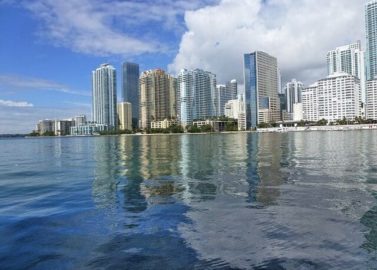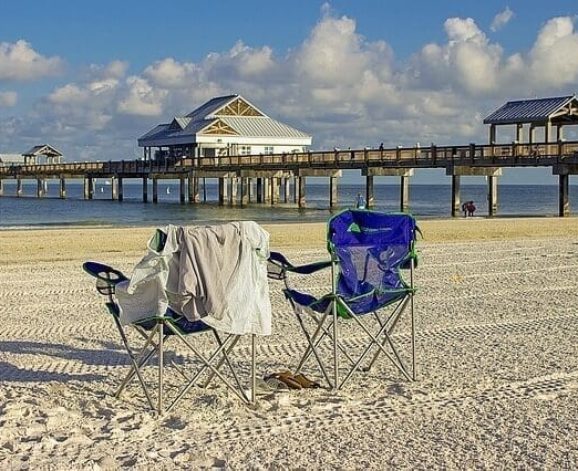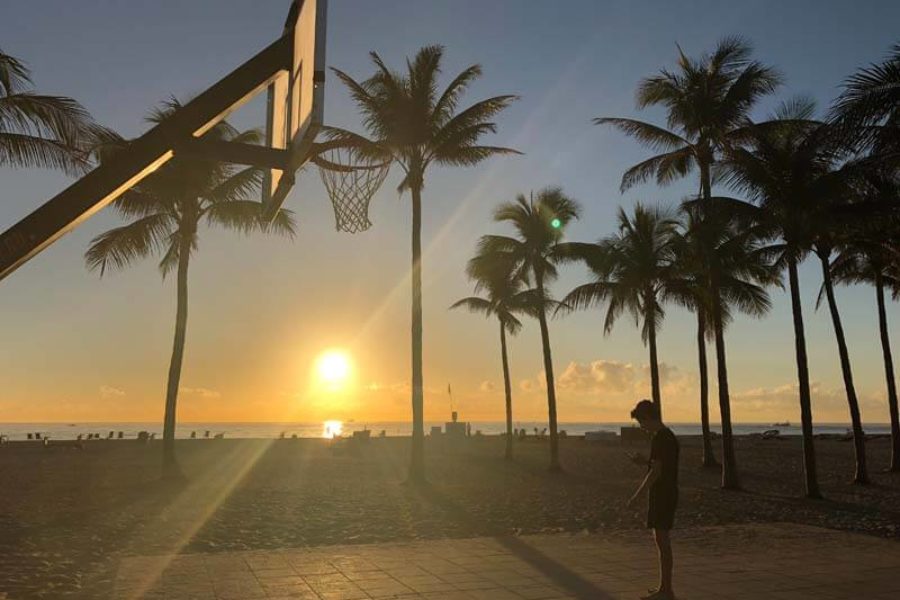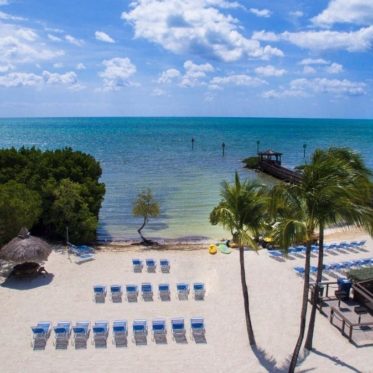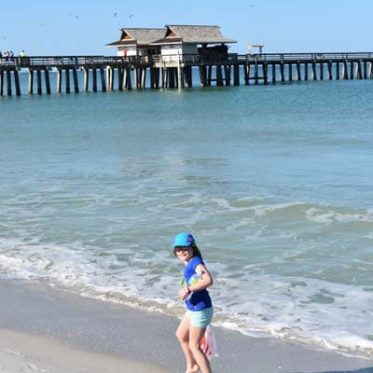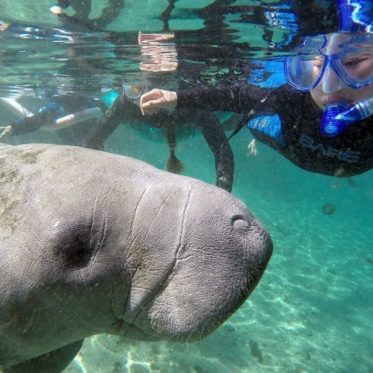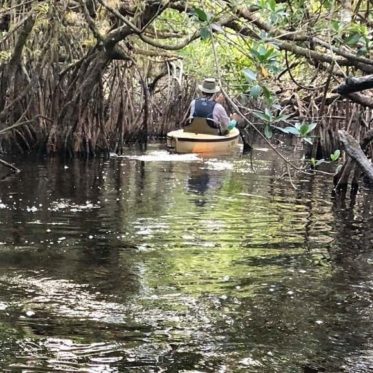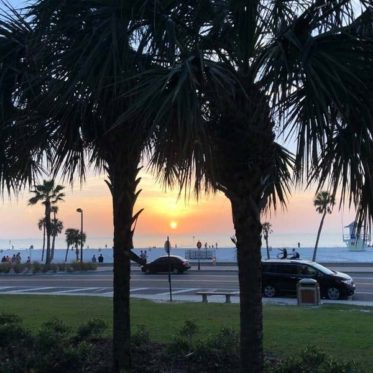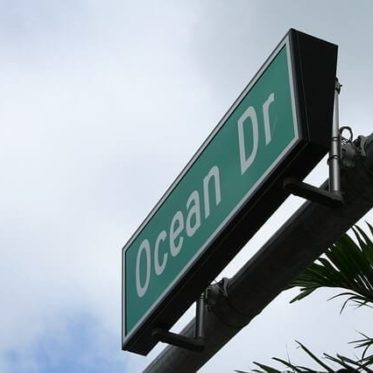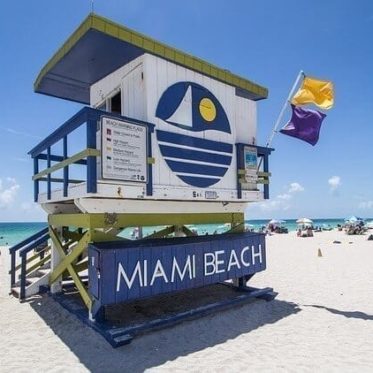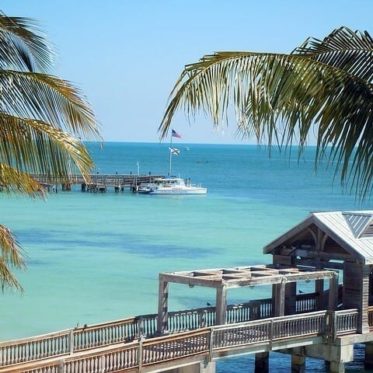Travelling to Florida with children is (almost always) traveling to a pleasant temperature. Most of the state has a warm maritime climate with mild winters and warm summers.
This is what you should know about the climate in Florida:
- The winter months are cooler but more stable.
- The summer months are (very) warm, but can be reasonably unstable.
- In the summer you can count on temperatures around or above the tropical limit of 30 °C, especially in the south.
- Even in the wetter period, the average number of hours of sunshine is quite high.
- Between November and April Florida has a dry period
- From May to October, the state has a wet period with significantly higher precipitation levels and a higher chance of days with rain.
- Between June and December, hurricanes or tropical storms may be active above or near Florida.
- Frost is rare, snow is very unusual.
Every travel period in Florida is different. Decide for yourself which holiday period is ideal for your family and enjoy a great holiday in Florida with children.
DECEMBER-JANUARY
The chance of precipitation decreases towards the end of the year. In the north of Florida it is less, but in the south the chance of precipitation decreases more. On many days you can enjoy a blue sky with a few clouds. Also, the relative humidity decreases, which makes it less likely for you to sweat. In the northern half there are days where the maximum temperature does not exceed 20°C. In the southern half, with afternoon temperatures of 20 to 26°C, it is very pleasant and you can spend almost every day at the pool or on the beach.
FEBRUARY-MARCH
The chance on rainfall in the southern half of Florida is relatively low, the quantities are on average below 50 millimetres of rain per month. The sun is quite present and the temperatures during the day are on average between 15 and 24°C.
APRIL-MAY
This period is the most stable in terms of weather and precipitation. With an average of only five days of precipitation per month and 9 to 10 hours of sunshine per day, you can really enjoy it. The temperature rises from 22-27°C at the beginning of March to 25 to 30°C at the end of April. The seawater is the coolest in these two months with an average of 17 to 24°C. Especially along the coast of the Gulf of Mexico, the seawater temperature at the end of April can be a lot warmer. Another plus: in that period the risk of a hurricane is almost nil.
JULY-AUGUST
The summers are warm and humid and are characterized by strong thunderstorms in the (late) afternoon. These showers sometimes seem to come out of nowhere, but usually don’t last long. Many people even find such a shower refreshing in the warm afternoon, because it cools down a bit. During the day it is very hot with temperatures between 30 and 35°C, sometimes even higher. At night the thermometer rarely drops below 22-24°C.
In August, Florida is at its warmest. Advantage: the seawater has a very pleasant temperature thanks to the warm Gulf of Mexico and the Atlantic Ocean.
OCTOBER-NOVEMBER
That time of the year is the transition period from unstable tropical weather to weather with lower temperatures. Officially, November is the last month of the hurricane season. However, there is a reasonable chance of days with mostly cloudy weather and lasting rain. The number of longer periods with nice and stable weather is increasing rapidly.



